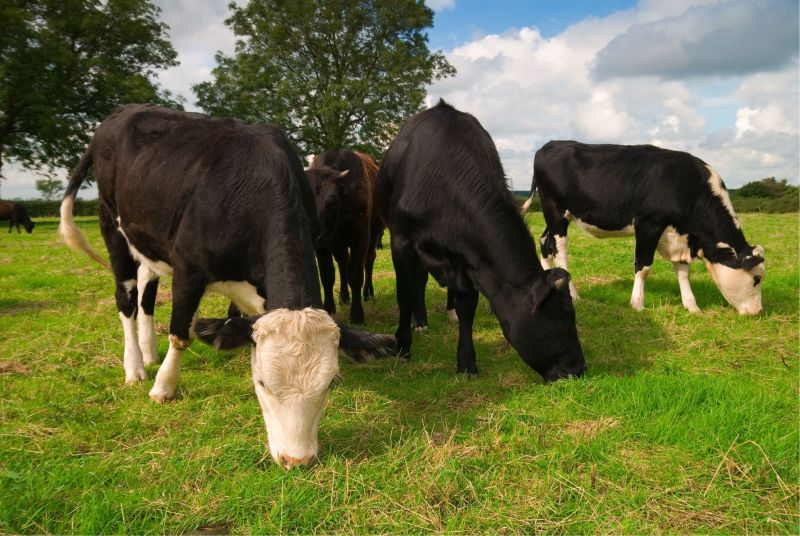
UK 'agtech' company Hectare has closed its latest investment round at 142%, raising £1.4m to help get more products off the ground.
The start-up - which is the umbrella company to the UK’s online agricultural marketplaces SellMyLivestock (SML) and Graindex - overfunded beyond its original million-pound target.
The agtech has enjoyed rapid growth this year, with 22,845 new users joining its digital marketplaces in the last twelve months.
In just a year the company has increased its user base by almost two thirds (64%).
Graindex and SML combined, for the last 12 months, have a listings value of over £103m, with Q3 2019 being their most successful business quarter to date, achieving £40.6m in listings value.
The investment will be used to drive further development within its product offering, such as offering access to finance, escrow, a haulage function for transporting livestock, and insurance.
The funding will also be used to help bolster the marketing outputs of Hectare, to further drive customer acquisition and use with UK and international farmers.
From an international perspective, the company is set to grow beyond the UK's borders and this investment will help start to build Hectare’s expansion plans.
Doug Bairner, the CEO of Hectare, commented: “With all of the uncertainty and tough market conditions out there we are here to help farmers realise up to 12 percentage points of efficiencies in their trading.
“We are adding more and more services to turn Hectare into a full service trading platform to ensure we are giving farmers all the tools they need to conduct their business in the most efficient way.”
He added: “The world is changing, and we want to help farmers change with it. Buying and selling online is like being at multiple physical markets at the same time, putting the power back into farmers’ hands when it comes to deciding who, when and how much they’re willing to buy and sell their livestock for.”
